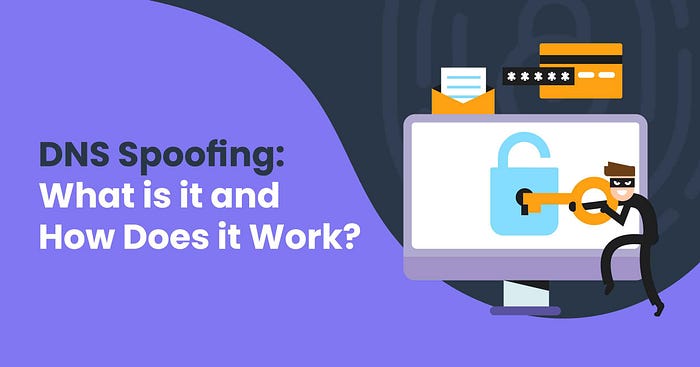
·
Follow
2 min read
·
Sep 18, 2024
9

DNS spoofing, or DNS cache poisoning, is a sophisticated cyberattack that targets the Domain Name System (DNS), which is responsible for translating human-readable domain names into IP addresses. This attack manipulates DNS records, redirecting users from legitimate websites to malicious ones without their knowledge.
At its core, DNS spoofing exploits vulnerabilities in how DNS servers store and handle queries. Attackers insert false DNS records into the cache of a DNS resolver, causing it to return incorrect IP addresses when users attempt to visit a website. This misdirection can lead to various malicious outcomes, such as:
1. Hijacking Your Servers: By rerouting traffic, attackers can take control of your servers, potentially compromising sensitive data and disrupting services.
2. Phishing Attacks: Spoofed DNS responses can direct users to counterfeit sites that mimic legitimate ones, tricking them into divulging personal information or credentials.
3. Spam Links: Users might be redirected to sites flooded with spam or malicious content, posing further risks to their security and privacy.
4. Brute Force Attacks: Attackers can exploit compromised DNS records to facilitate brute force attacks on user accounts or network systems.
Protecting against DNS spoofing involves several strategies, including implementing DNSSEC (DNS Security Extensions) to verify the authenticity of DNS responses, regularly updating and patching DNS software, and employing network monitoring tools to detect unusual activities. Understanding and addressing the risks associated with DNS spoofing can enhance your security posture and safeguard your digital assets.
Read the whole blog for more info:

